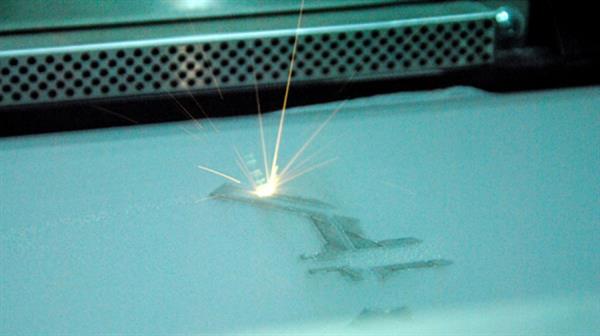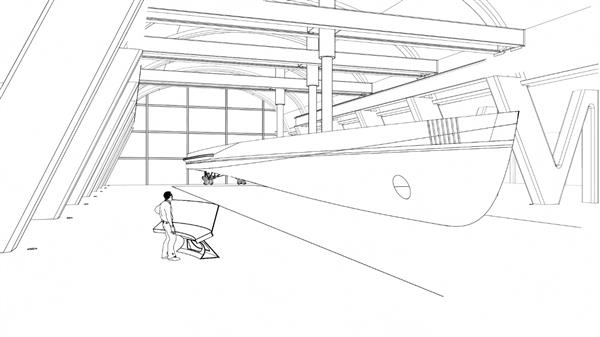Naval architects expect 3D printing of the entire yacht in 2030
We have previously reported that 3D printing is becoming more and more used in the sailing world, as more and more technologies are applied to sailing design. This trend will continue in the next few years, and in a recent speech, the famous naval architect pointed out at the Superyacht Design Symposium that by 2030, the entire yacht could be produced by 3D printing technology .

The annual Superyacht Design Seminar was held in February this year in the famous ski resort Kitzbühel, Austria. British double gold medalist Shirley Robertson is one of the special guests, and Canadian Navy architect Greg Marshall is one of them. In his presentation, Marshall outlined the future of 3D printing in yacht construction and showed attendees the enormous advantages of this technology over other manufacturing methods.
Marshall believes that reducing waste is one of the key factors brought about by 3D printing technology and will help the entire yacht manufacturing industry. “The additive manufacturing industry is changing the yachting sector, and in the near future, we will use it to build superior yachts with significant material reductions and smaller carbon emissions,†he said.

Traditional shipbuilding methods result in 15% to 20% waste of raw materials, and the simplified manufacturing process of 3D printing technology will reduce this number to 2%. This not only saves on material costs, but also reduces labor costs. These savings will increase efficiency and build better quality yachts with better quality. He believes that the future yacht is likely to be 3D printed with titanium, which has significant benefits compared to steel. Titanium is much lighter than steel, which means that the same amount of power can achieve higher ship speeds. Its melting point is also 300 degrees higher than steel, which greatly improves the fire performance. The interior of the ship can be printed from titanium. It is also much easier to use titanium to maintain the yacht, because it is less prone to corrosion and is a biocompatible material, that is, it can also be used for human prosthesis implantation.

An industrial grade 3D printer for the production of large yacht components will be completed by the end of 2017 and it is expected that there will be a larger 3D printer by 2020. Marshall believes that by then, the yacht industry will print the entire six-meter (19.6-foot) yacht in one step, and we imagine that in 2030, we may be very close to the structural boat and interior of the all-metal 3D printing ship.
Jiangsu Sleeptight Household Technology Co., Ltd. , https://www.sleeptightoem.com